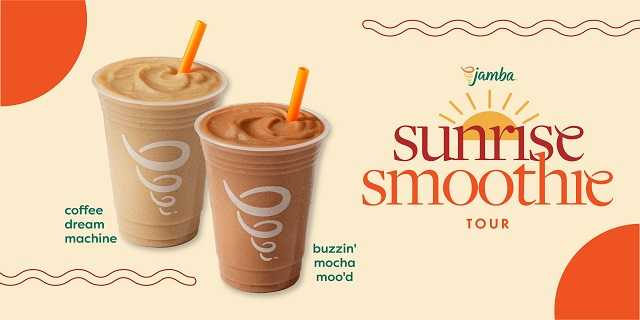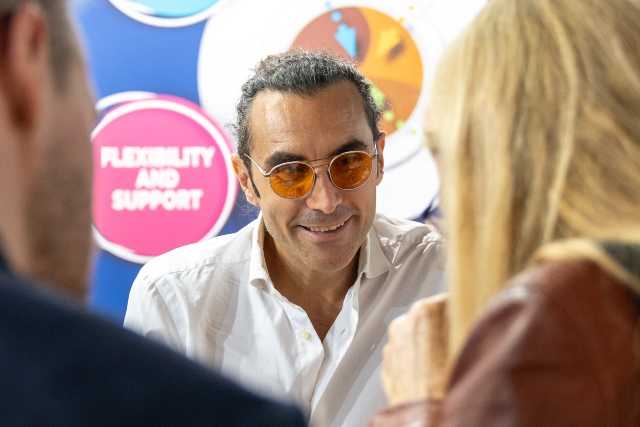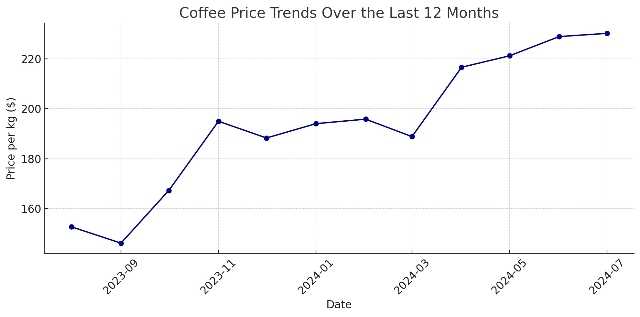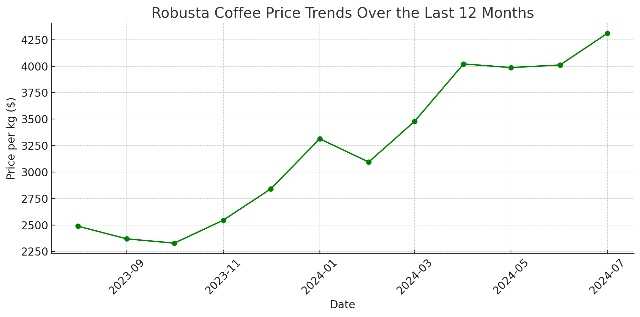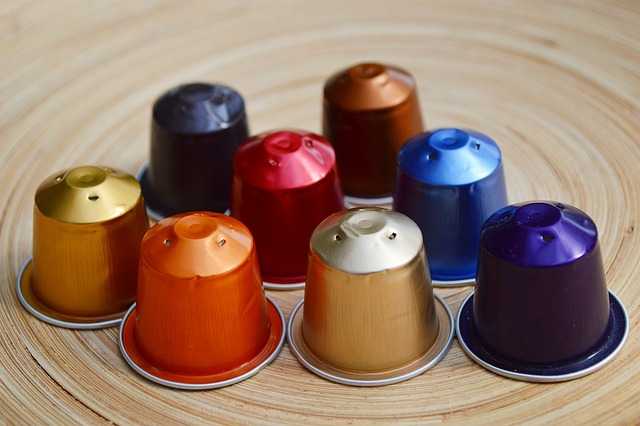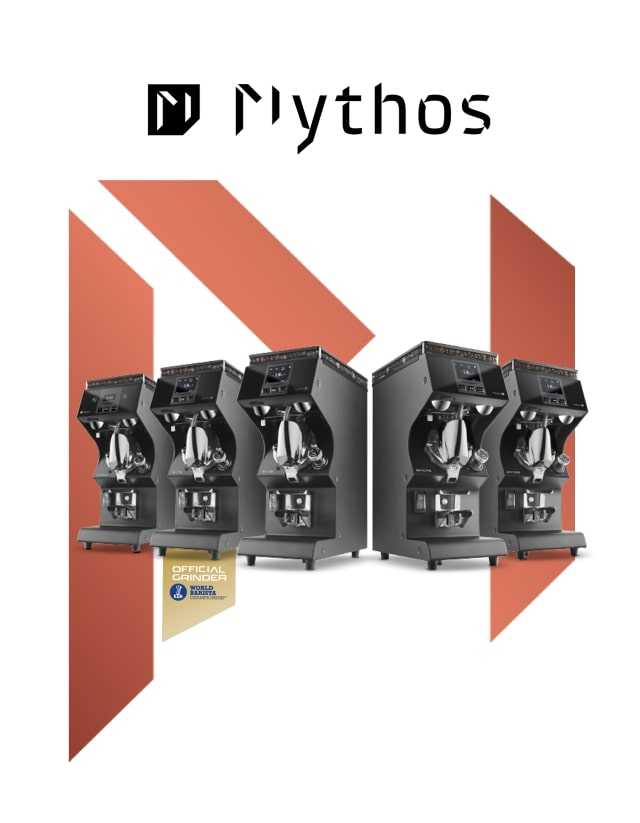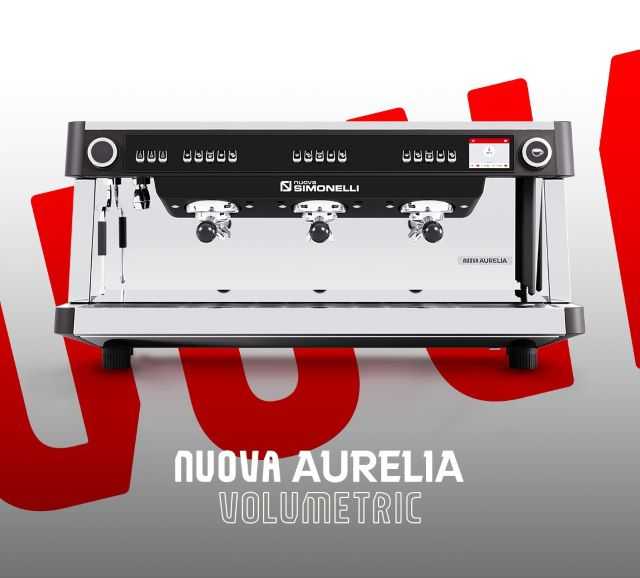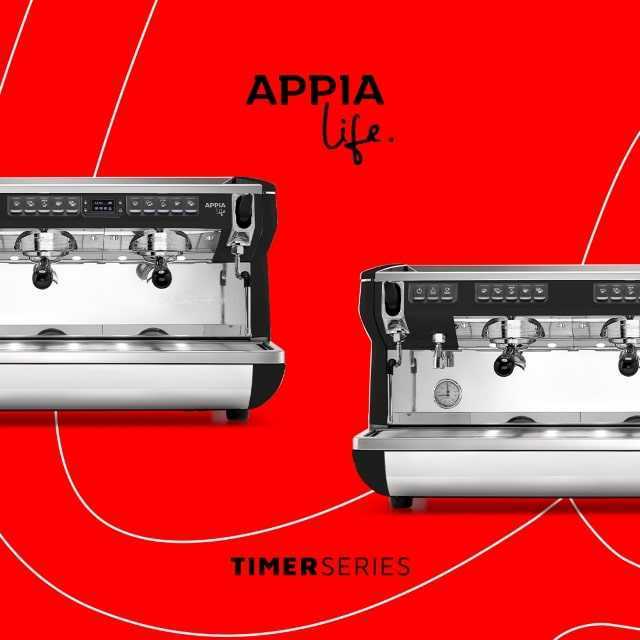PATROCÍNIO, MG, Brazil – To tackle the misuse of the first Designation of Origin (DO) for coffees in Brazil, the “Cerrado Mineiro” stamp, and raise awareness of the importance of consuming authentic coffee with traceable origins, the Coffee Growers’ Federation is launching a campaign that also aims to increase the supply of certified coffee on the market, with a forecast of 600,000 to 700,000 bags in the 2024/2025 harvest, compared to 115,000 bags in the 2023/24 season.
“We have noticed that many packages of coffee, whether green or industrialized, have been improperly labeled with the DO “Cerrado Mineiro”, which could compromise the region’s reputation and harm consumers choices, partners and producers.
This is considered an infringement of the rules of the Federation of Coffee Growers of the Cerrado, which has its Designation of Origin registered by the INPI (National Institute of Industrial Property).
That’s why we want to be closer to the different links in the chain to provide guidance on the processes for using controlled origin designation,” says Juliano Tarabal, Executive Director of the Federation of Coffee Growers of the Cerrado.
Campaign
One of the highlights of the campaign is also to increase the traceability of coffee lots, adding value to the product on national and international markets. Since 2013, the label of origin and quality has attested to the fact that the batch sold is certified in the Cerrado Mineiro region, according to the requirements established in the production process.
The Designation of Origin policy establishes that all coffees that achieve at least 80 points and pass through the cooperatives will be certified, with the aim of increasing the supply of DO coffee in the market.
“The authenticity of Cerrado Mineiro coffee needs to be protected and it is a collective responsibility to guarantee the quality and history behind the region’s coffee. For us, as producers, it is very important that our partners and consumers know that they are drinking a real coffee of origin and quality, which has a beautiful story behind the cup. This brings value to our product, and the buyer asks for it,” says Augusto Faria, producer.
The campaign includes social media, videos, talks, printed materials and banners to engage as many people as possible around the world.
For the Cerrado Coffee Growers’ Cooperative (Expocacer), one of the supporters of this marketing action, traceability and certifications reaffirm the quality, attributes of the drink and good agricultural practices adopted by producers. “We are the first region in Brazil with a Designation of Origin, certifying that our coffee has a unique quality, characteristics and production methods. That’s why it’s so important that the DO is used correctly, as the campaign reinforces,” says Simão Pedro de Lima, Executive President of Expocacer.
Designation of Origin
The Designation of Origin (DO) is a label of quality that identifies products originating in a specific region and which have unique and differentiated characteristics, resulted from geographical, climatic and cultural factors. In the case of coffee from the Cerrado Mineiro region, this certification guarantees that the product was grown and processed in the area of the 55 cities in the region and by one of the 4,500 producers, complying with strict standards of quality, sustainability and guaranteeing traceability.
“The campaign represents an effort to ensure that consumers receive quality products of certified origin, fighting against infringements, strengthening confidence in coffee from the Cerrado Mineiro region, as well as valuing the work of producers who follow the necessary requirements for getting the certification. We have enough potential to attend the demand of the global market, for which we have mapped the use of the Cerrado Mineiro Origin in 44 countries by more than 700 brands,” Tarabal concludes.









